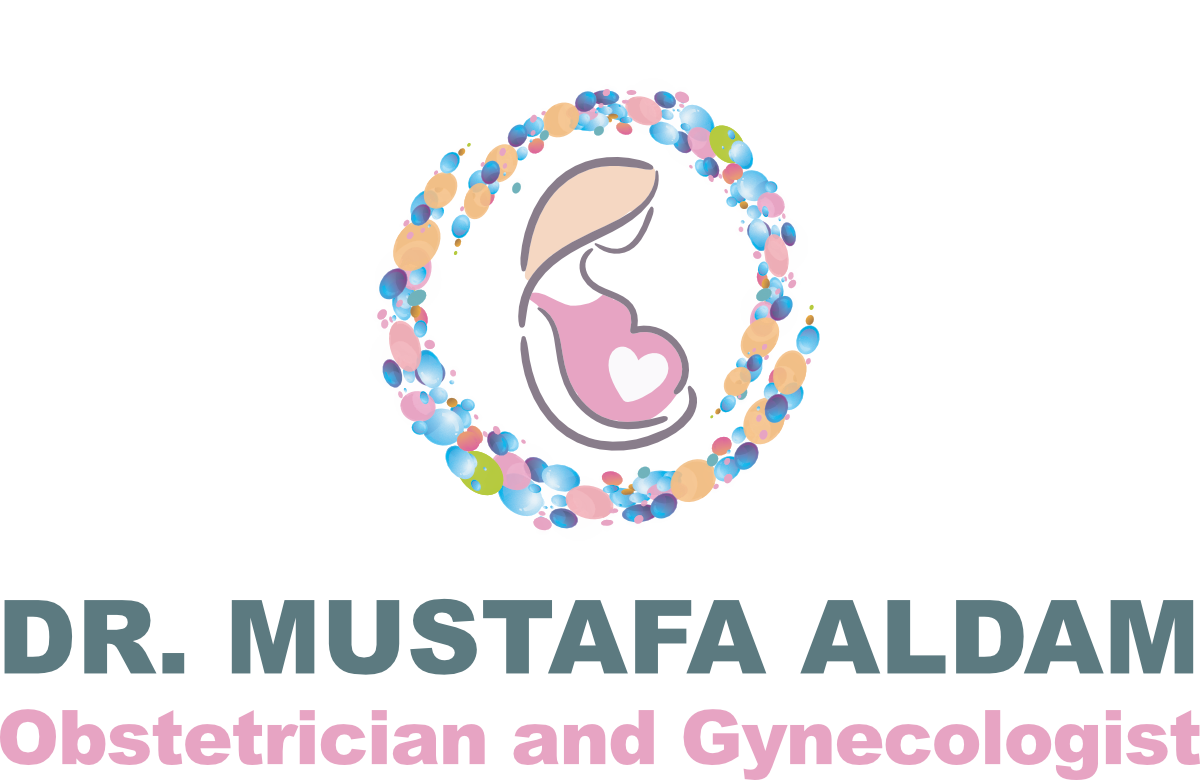How to Diagnose Endometriosis?

Endometriosis is not just a medical term; it’s a daily reality for 10% of women during their reproductive years. But fear not, this blog will help you navigate through endometriosis.
But before learning how is endometriosis diagnosed, let’s take a quick look at what causes endometriosis first:
Cause | Description |
Retrograde Menstruation | Menstrual blood goes back into the pelvic cavity |
Hormonal Imbalance | Estrogen may promote the growth of endometriosis |
Surgical Scars | Endometrial cells may attach to surgical incisions |
Immune System Disorders | A compromised immune system may not destroy ectopic endometrial tissue |
Genetics | A hereditary aspect, as it often runs in families |
Now, let’s explore the paths to how to diagnose endometriosis together, one fact at a time.
Endometriosis: The Hidden Agony
Endometriosis is a chronic disease that can significantly disrupt daily life, causing severe pain and a host of other symptoms that often intensify during menstrual periods.
Despite its prevalence, endometriosis frequently goes undiagnosed due to the commonality of its symptoms with less severe conditions. However, under Dr. Mustafa’s expert care, we will tell you how to recognize the nuanced symptoms of endometriosis.
Common Symptoms Often Overlooked:
- Painful Menstrual Periods: Often dismissed as typical “period pain,” but the pain associated with endometriosis can be far more intense and debilitating.
- Chronic Pelvic Pain: This symptom can be mistaken for other pelvic issues.
- Pain During Intimacy: A symptom that is not only physically distressing but can also strain relationships and affect mental health.
- Gastrointestinal Distress: Symptoms like painful bowel movements, bloating, or nausea during menstrual periods can be misattributed to digestive disorders.
- Infertility: Many women discover they have endometriosis only after seeking help for infertility, which can be a direct consequence of the disease.
The journey to how to diagnose endometriosis is often long and winding, with many women experiencing a delay of several years before receiving proper medical attention. This blog is a call to action for women to listen to their bodies and seek the expertise of specialists like Dr. Mustafa, who understands the complexities of this enigmatic condition.
How Is Endometriosis Diagnosed?

When it comes to diagnosing endometriosis, Dr. Mustafa Aldam’s approach is meticulous and patient-focused. This table encapsulates the primary theories behind the causes of endometriosis.
Here’s a tailored outline of the diagnostic journey under his guidance:
- Initial Consultation:
Dr. Mustafa begins with a comprehensive review of your medical history and a discussion of symptoms, emphasizing the importance of understanding each individual’s unique experience with pain and discomfort.
- Pelvic Exam:
A careful pelvic exam is performed to check for abnormalities, such as cysts, scars, or irregularities that might suggest the presence of endometriosis.
- Ultrasound:
This test uses sound waves to create images of the reproductive organs and can identify cysts associated with endometriosis.
- MRI:
An MRI provides detailed images and is particularly useful for surgical planning, giving a clear picture of the location and size of endometrial growths.
- Laparoscopy:
This is the definitive procedure for diagnosing endometriosis, allowing direct visualization of the pelvic cavity and the possibility of taking tissue samples for biopsy.
This streamlined process, led by Dr. Mustafa Aldam, makes sure that patients receive a thorough and accurate diagnosis, setting the stage for effective treatment and management of endometriosis.
Tips for Managing Endometriosis
Managing endometriosis involves a combination of medical treatment and self-care strategies. Here are some tips to help manage the symptoms:
- Stay Active: Regular exercise will help reduce pain and improve overall well-being.
- Heat Therapy: Applying heat to the pelvic area can ease menstrual cramps and pain.
- Healthy Diet: A diet high in fiber may help manage endometriosis symptoms.
- Hydration: Drinking a lot of water may help reduce bloating and ease discomfort.
- Stress Management: Techniques like yoga or spending time on hobbies can help manage stress levels.
Remember, these tips should complement the treatment plan advised by your healthcare provider.
Consult Dr. Mustafa Aldam for endometriosis diagnosis in Dubai.
If you’re navigating the complexities of endometriosis and seeking expert care, consider reaching out to Dr. Mustafa Aldam, a distinguished Consultant Obstetrician and Gynecologist in Dubai.
His extensive experience and patient-centered approach can guide you through diagnosis and treatment, offering support and solutions tailored to your unique needs.
Take the first step towards managing your health by scheduling a consultation with Dr.Mustafa today. Your journey to wellness is just a call away.
